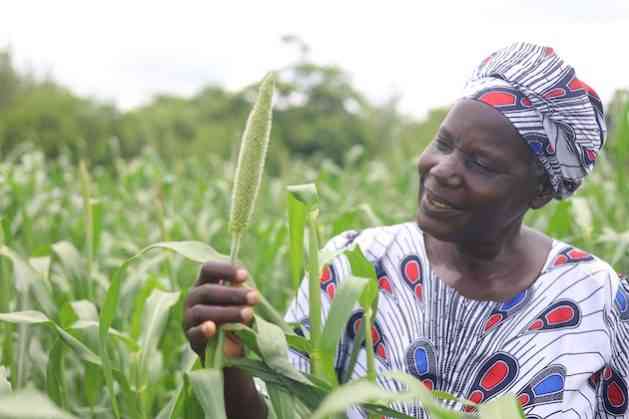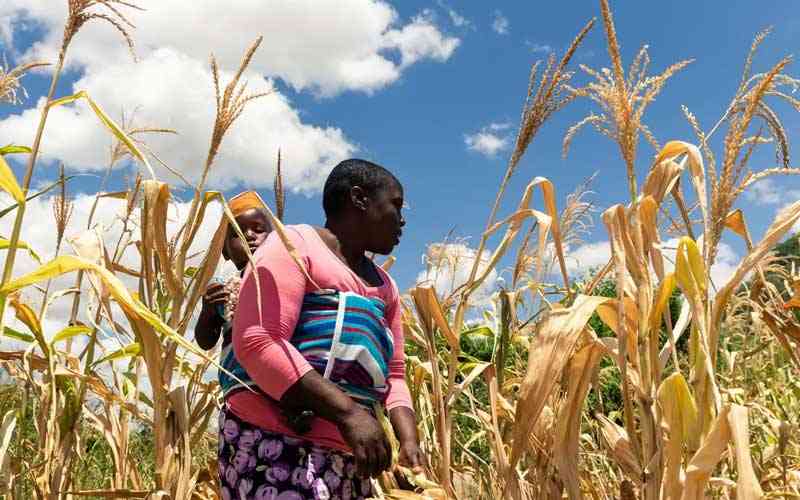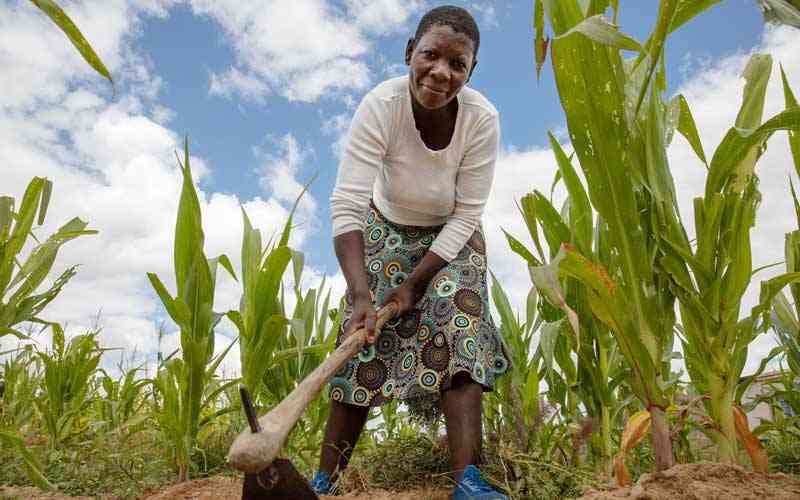
BY CHRISTOPHER BENDANA
KAMPALA — From tree-planting drives to tighter laws on illegal logging, countries worldwide are searching for a silver bullet to stop the loss of forests vital for nature and climate protection.
After decades of losing thousands of hectares each year, Uganda has found a way not only to slow deforestation, but to reverse it — mainly by helping people grow their own trees to cut down instead of clearing ecologically valuable rainforest.
New data released by the state-run National Forestry Authority (NFA) in May showed the proportion of the country covered by trees rose from 9% in 2015 to 12.4% in 2017.
In a tweet about the figures, the NFA said its 2019 National Biomass Study, due out in December, will likely show that tree cover has increased further.
Stuart Maniraguha, the NFA’s director of plantations development, said the data — collected using remote-sensing equipment and researchers on the ground —suggests things could be looking up for Ugandan farmers struggling to grow mainly rain-fed crops in increasingly extreme weather.
“As an agricultural country, (more forests) means more reliable rainfall,” he told the Thomson Reuters Foundation.
“It indicates that we are on a positive journey towards economic and ecology restoration.”
- Chamisa under fire over US$120K donation
- Mavhunga puts DeMbare into Chibuku quarterfinals
- Pension funds bet on Cabora Bassa oilfields
- Councils defy govt fire tender directive
Keep Reading
Protection of the world’s forests is seen as vital to curbing global warming as they store planet-heating carbon and help regulate the climate through rainfall and temperature.
Those who live in and around Uganda’s Central Forest Reserves, more than 500 protected areas that cover about 15% of the country, say tree loss has exacerbated the often disastrous effects of erratic weather patterns for communities.
Last year, more than 700 000 Ugandans living near lakes and rivers were displaced from their homes after a year of unusually heavy rain caused the worst flooding since records began.
The NFA said that before the reversal of Uganda’s tree loss, the amount of land covered by forest had plunged from almost a quarter in 1990 to 9% in 2015.
In its 2016/2017 state of the environment report, the National Environment Management Authority attributed the sharp decline mainly to land-hungry farmers, noting that of the 1.9 million hectares of forest and wetland lost between 1990 and 2015, about 80% had been converted to grow crops.
To restore the forests, Maniraguha said the NFA has used a range of methods, including promoting agroforestry — growing trees and crops together on the same land — and running tree-planting programmes.
And to stop people felling trees in protected areas, the authority gives technical help to farmers growing tree plantations, backed by partners including the UN Food and Agriculture Organisation (FAO) and local charity NatureUganda.
The biggest gains in tree cover over the past few years have occurred in the southwest, where farmers grow trees for use as timber, firewood and electricity poles, Maniraguha said.
The NFA has a goal for 24% of Uganda’s territory to be covered with trees by 2040, he added.
Peter Kasenene, who owns a 200-hectare (500-acre) plantation in Mawojo, in central Uganda — 70 hectares of which he planted under the FAO programme — said farmers like him are helping drive sustainable development on a local level.
“You work only in the first year after planting. Then the trees grow on their own,” said the 75-year-old former university professor who served as a finance minister from 2001 to 2006.
“That one you see there is the third generation — I cut, I replant,” he explained, pointing to a patch of eucalyptus trees which, along with pine, make up most of his plantation.
—Thomson Reuters Foundation










